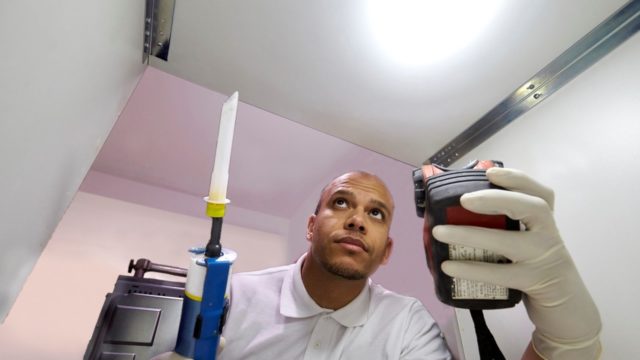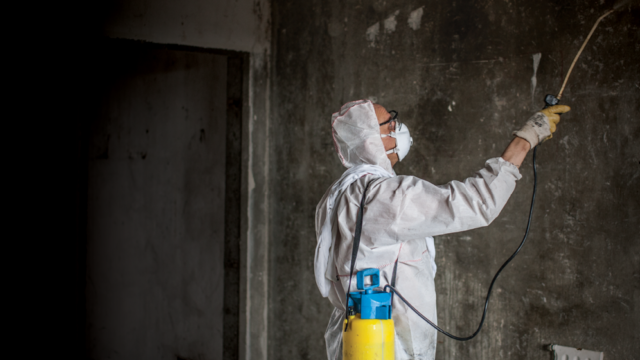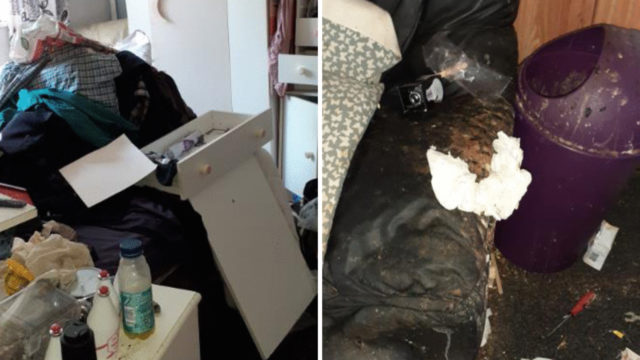Floor sealing is a method of protecting floors that uses a polymer-based coating. It is primarily applied to vinyl flooring but works well to protect any porous floor surface.
This coating is easy to apply and very durable, making it a great solution to reduce wear and tear, as well as making maintenance much easier.
How does floor sealing work?
Floor sealing works by filling up the pores of the surface with polymer molecules. This leaves a very smooth surface that is resistant to ingress from water or dirt.
When dirt gets onto an untreated floor, it can bed itself into the porous surface, making it appear grimy and dull. Dirt can also be ground into the floor over time, causing damage.
The new surface provided by the sealant is much smoother, allowing dirt to be cleaned away easily. It also provides a physical barrier between the dirt and the floor to prevent permanent damage.
What’s the difference between floor sealing and floor finishing?
Floor sealers and finishers are similar products but with slightly different applications. They both aim to create a more durable and easily maintained surface, but the qualities of that surface aren’t quite the same.
Floor sealant is made using polymers with larger molecules than floor finish. This means that it fills up the pores quicker, requiring less product, and leaves a more durable coating.
People often question why a sealed floor doesn’t shine as much as a finished floor. This is because the larger molecules result in a surface that is less smooth and flat it would be with floor finish.
A popular technique to provide both durability and shine is to first seal the floor and then apply a floor finish on top. There are also products available that act as both a sealer and finisher together.
Different types of floor sealant
There are three main types of floor sealant: polyurethane, solvent-based and water-based.
Polyurethane sealants provide a very strong and durable coating, but they are fairly toxic and so tend to create a lingering odour. Solvent seals are strong but also pretty toxic, so they can only be applied in well-ventilated areas. Water-based coatings are more eco-friendly than the other two types but they are also less effective.
The type of sealant that you require will depend on a number of factors, such as the material that the floor is made from, how frequently you are intending to strip the floor, and what type of traffic it needs to withstand.
Application of floor sealant
Before the floor can be sealed, it needs to be thoroughly cleaned and dried. There should be no residue of oil, grease or grime, and any surface contamination should be removed. Any dirt or small particles that remain may get trapped within the sealant, leading to a less effective coating. Floors that are not structurally sound should be repaired before sealing.
Floor sealing is usually done with a brush. Foam brushes are ideal for creating a smooth, even coat of sealant, although other brushes may be used.
Sealing is usually done in multiple layers. A thin, even first layer is applied and left to dry completely before another is added. Care must be taken to ensure that there are no bubbles or bumps in the sealant.
Floor sealing from CleanSafe
CleanSafe is a specialist contract applicator of Bonasystems Seal, which seals natural and porous floors, improving their appearance and reducing maintenance costs. We can apply the sealant at night-time or during off-peak hours to minimise impact to your business.
Take a look at our floor treatments page or get in touch with us to find out more.





